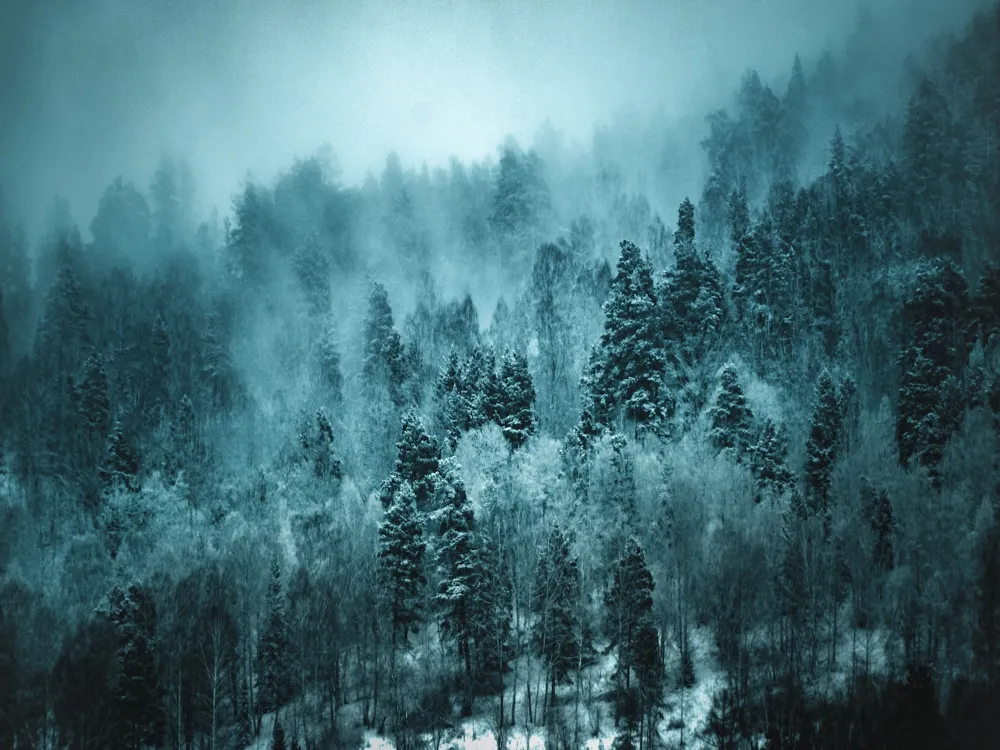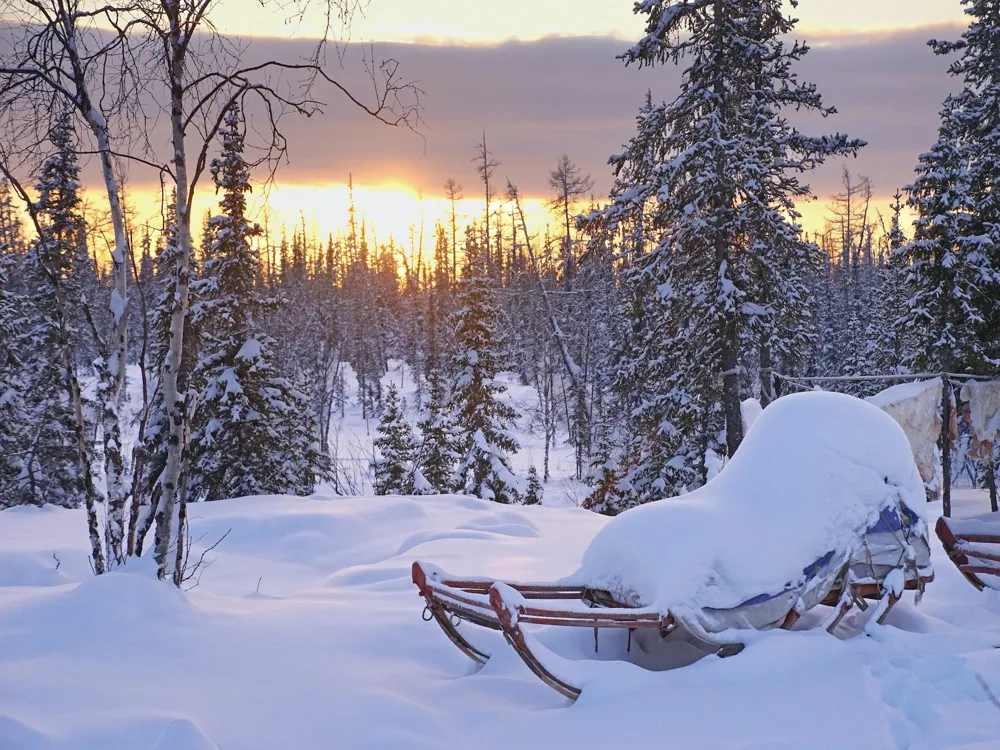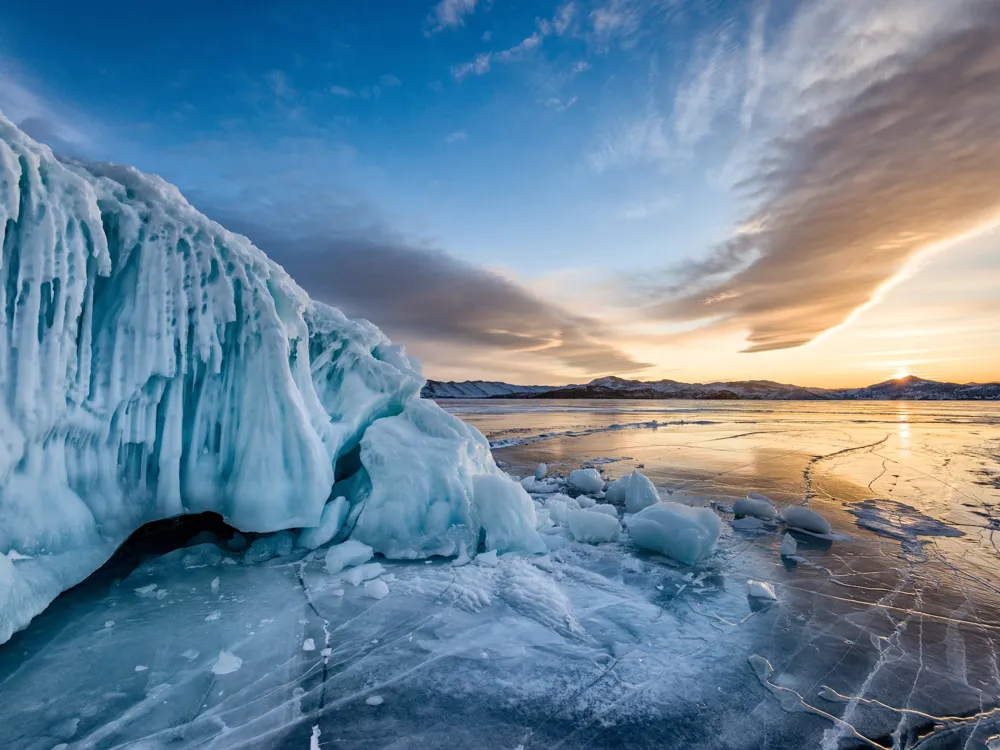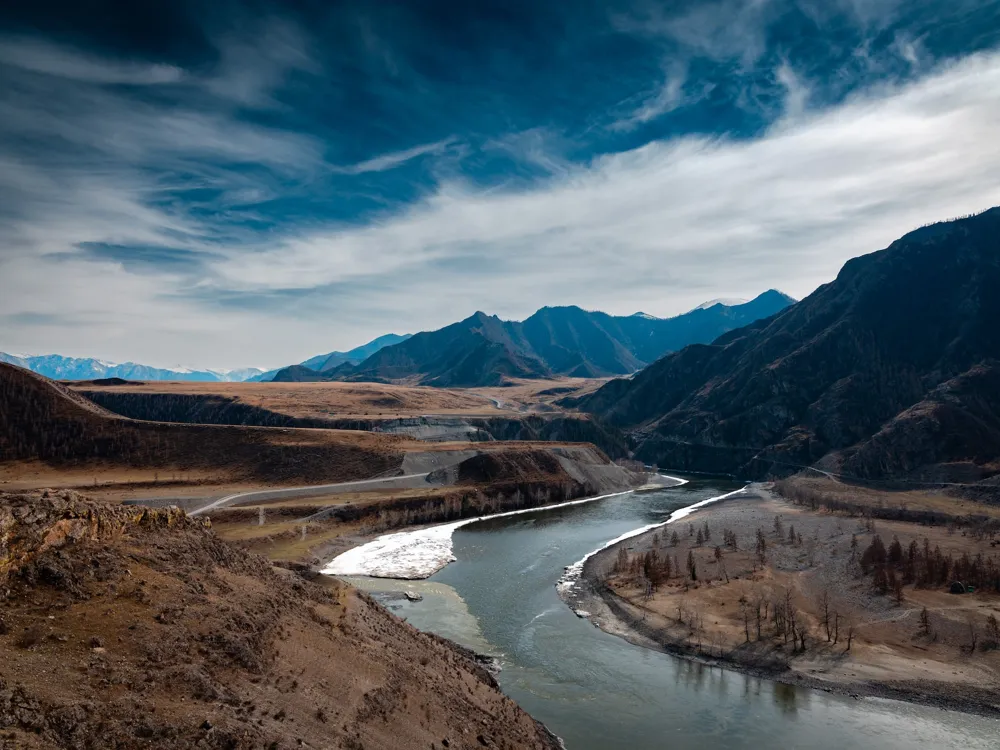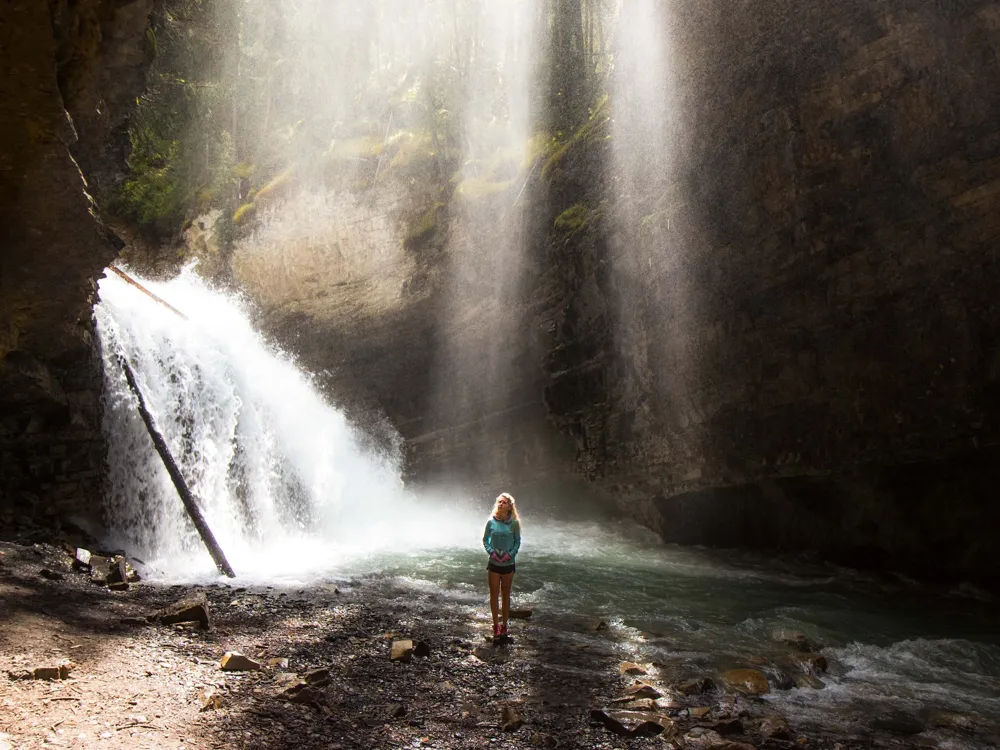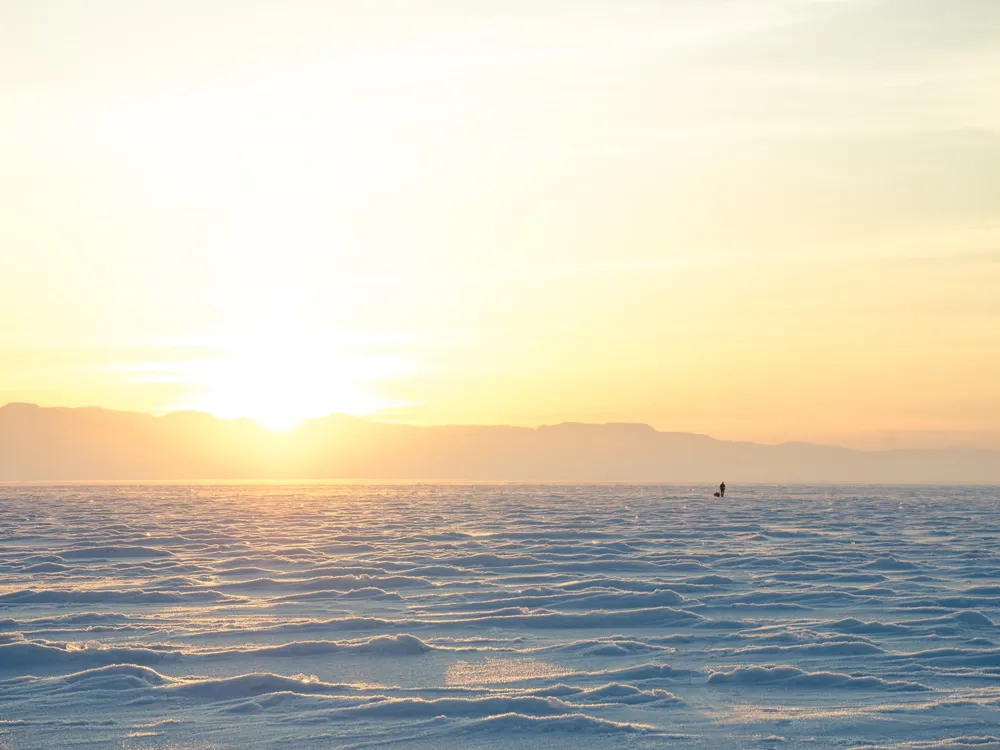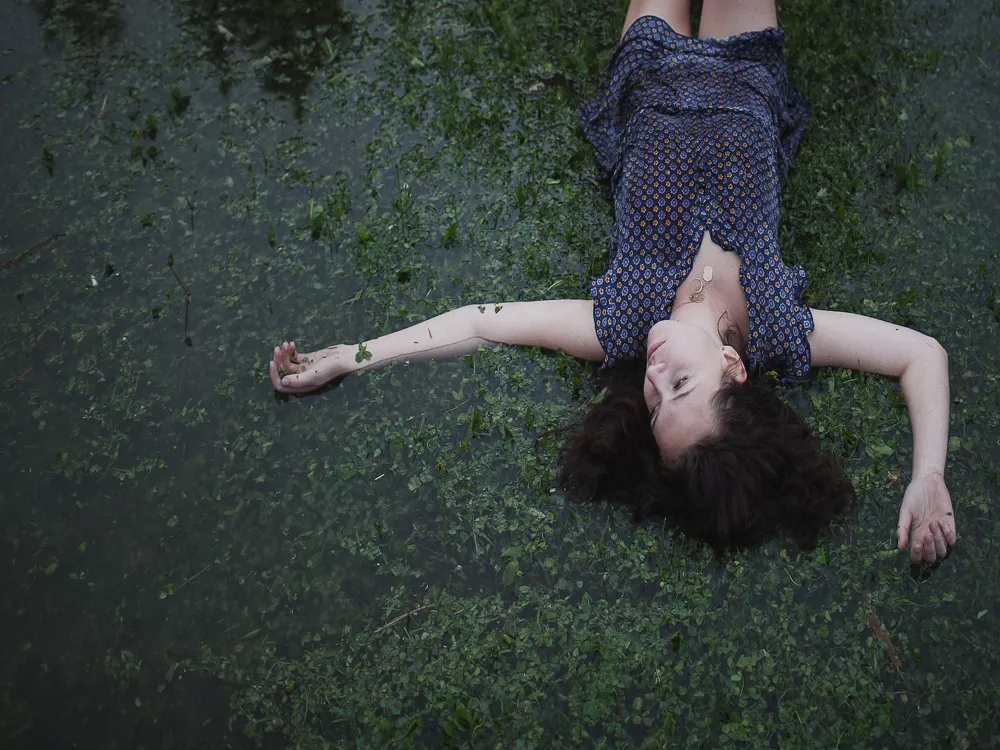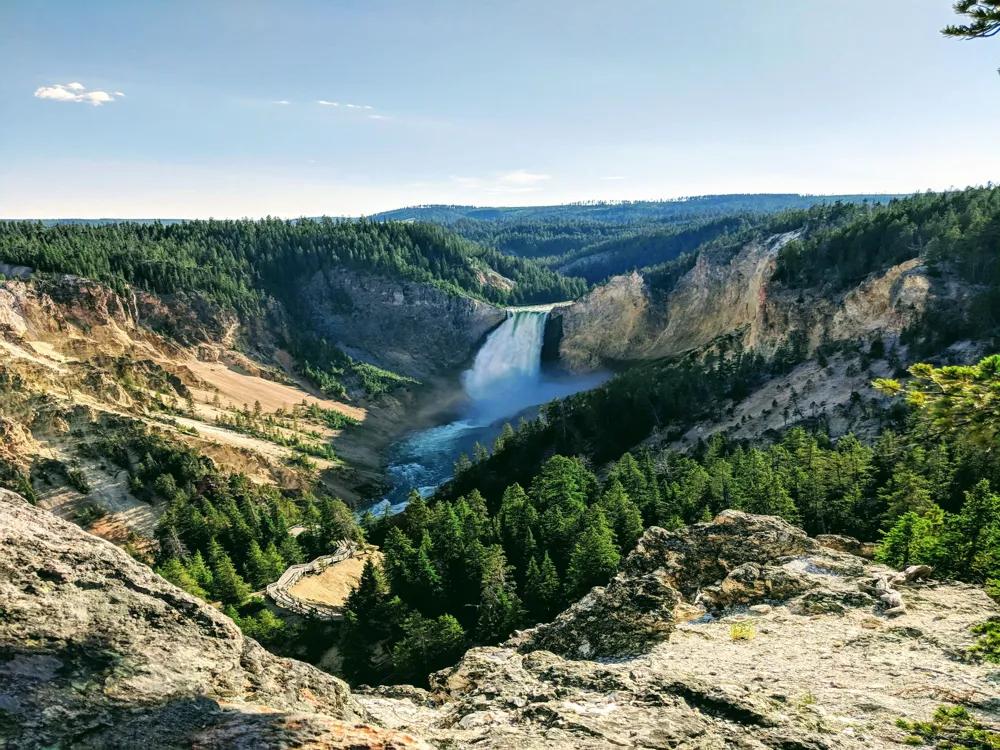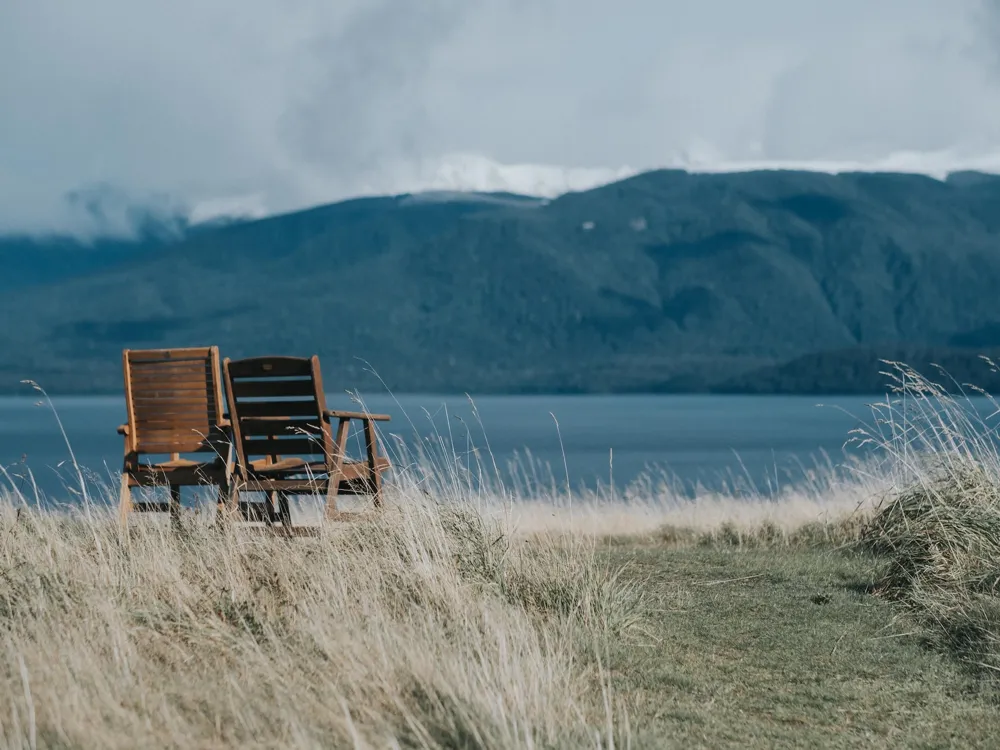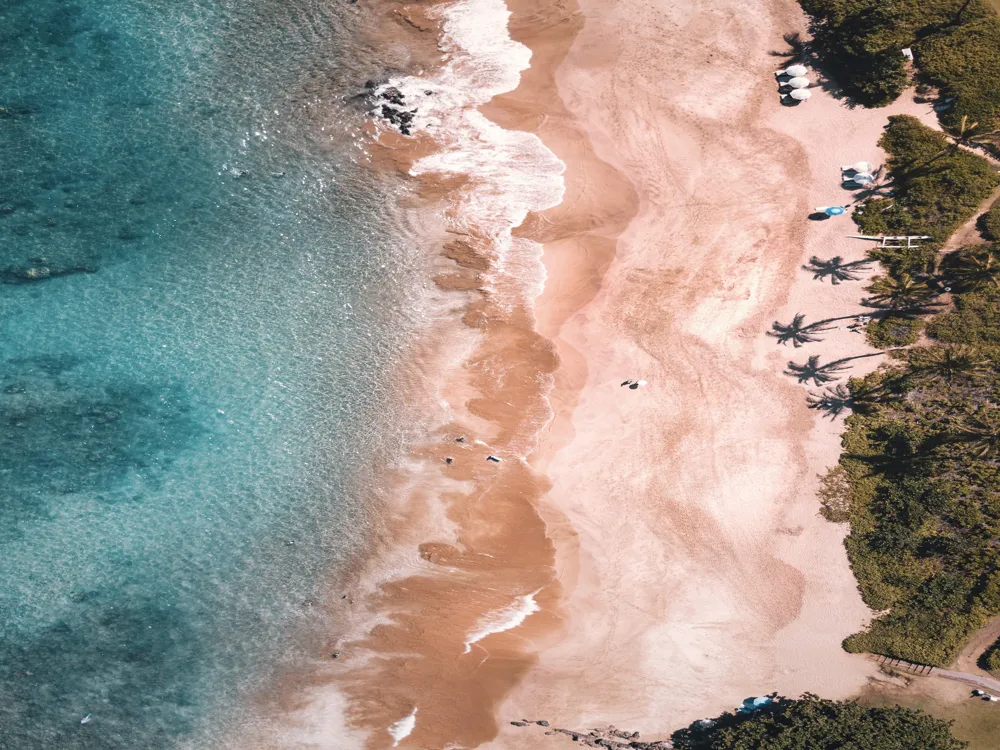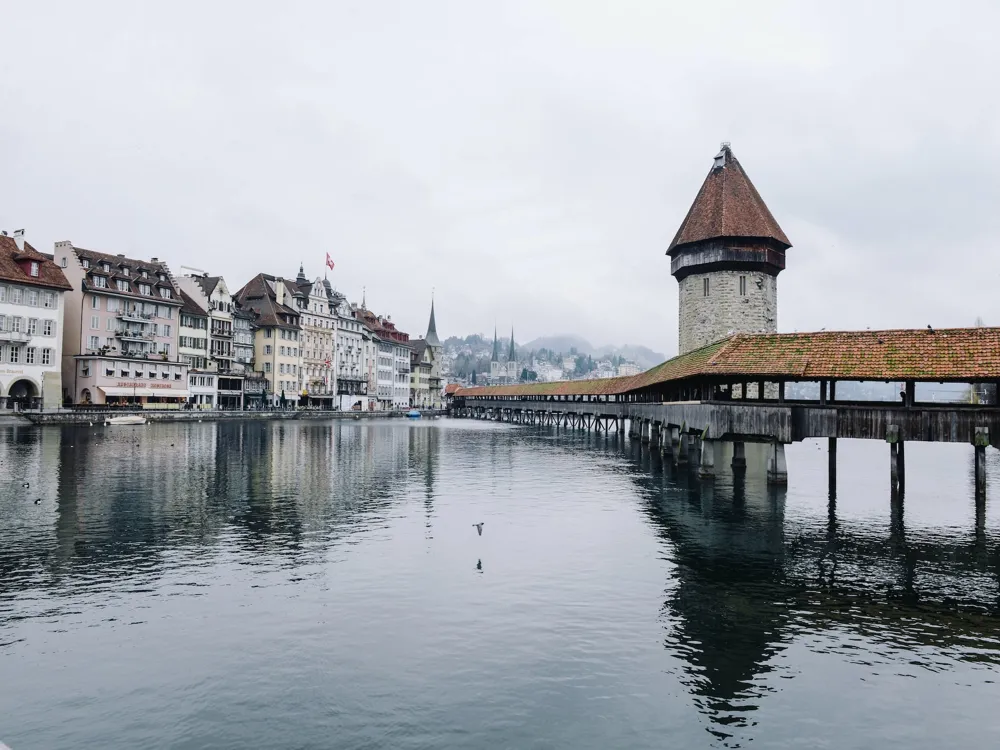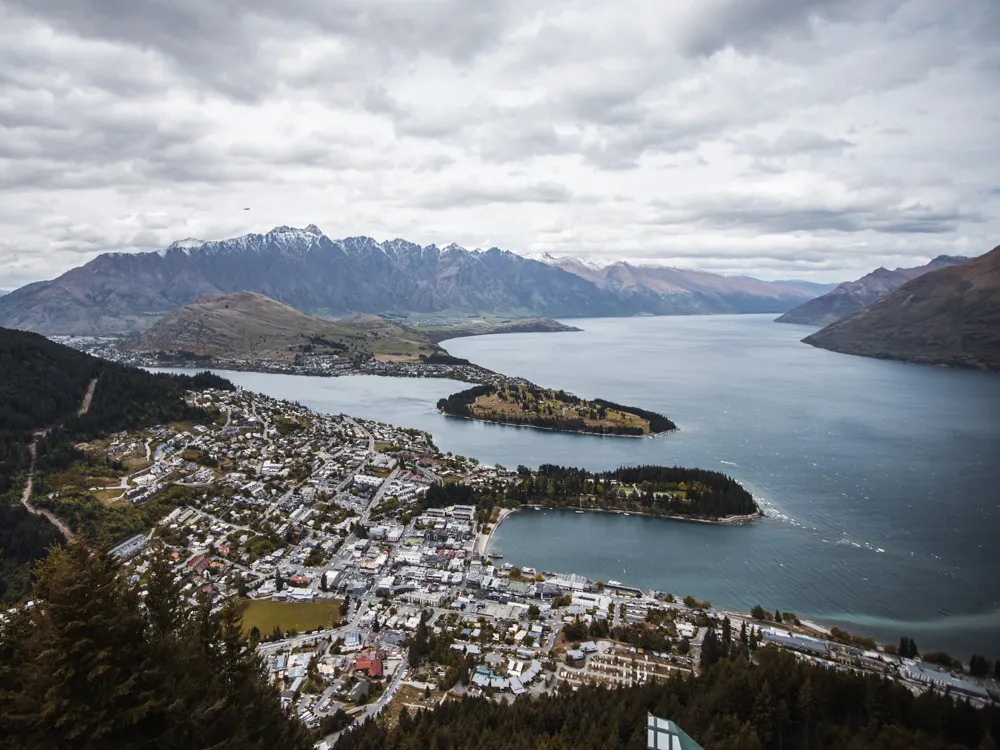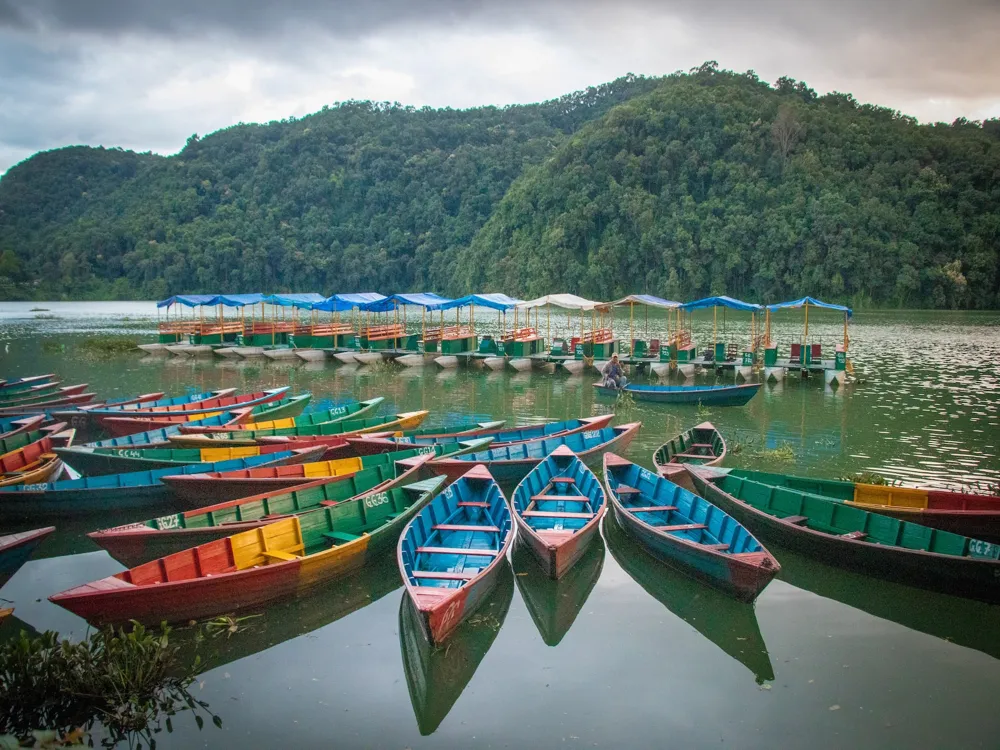Best Time to Visit Siberia
Russia
3 out of 4 Places to visit in RussiaNaN onwards View Packages
Get Customized PackagesThe Land of Diversity
Top Hotel Collections

Private Pool

Luxury Hotels

5-Star Hotels

Pet Friendly
What is the Best Time to Visit Siberia?
Siberia, known for its vastness and diverse landscapes, offers varied experiences throughout the year. Understanding the ideal time to explore this expansive region can significantly impact your visit.
More about Best Time to Travel to Siberia
Travel Peak Season in Siberia
The peak season in Siberia usually spans from late spring to early autumn, roughly from May to September. During these months, the weather is relatively milder, allowing visitors to explore the wilderness, engage in outdoor activities, and witness the stunning landscapes.
Travel Offseason in Siberia
Contrarily, the offseason, primarily in late autumn and winter from October to April, experiences colder temperatures, snow, and icy conditions. While this period sees fewer tourists, it offers a unique chance to experience Siberia's winter wonderland and participate in winter sports like skiing or dog sledding.
Siberia Travel Packages
View All Packages For Siberia
Siberia in Shoulder Season
The shoulder seasons, extending from September to November and March to May, offer a balance between manageable weather conditions and fewer crowds. Visitors can enjoy the changing colors of autumn or the bloom of spring, making it an excellent time for nature enthusiasts and photographers.
Siberia in Hot Season
Siberia's hot season, although relatively short, occurs from June to August. During this time, temperatures rise, making it favorable for hiking, camping, and exploring the region's national parks and scenic spots.
Siberia in Rainy Season
Rainfall in Siberia is relatively moderate, occurring sporadically during the summer months. While it may not significantly impact travel plans, occasional showers can enhance the beauty of Siberia's landscapes.
Siberia in Cool Season
Finally, the cool season, from December to February, brings freezing temperatures and heavy snowfall, creating a winter spectacle. It's a unique opportunity for travelers to experience Siberia's authentic winter conditions and witness the ethereal beauty of snow-covered landscapes.
Understanding Siberia's diverse seasons enables travelers to plan their visit based on personal preferences, ensuring a memorable and fulfilling experience amidst the unparalleled wilderness of this vast region.
Places To Visit In Siberia
View All Places To Visit In SiberiaNearby Places Siberia
Siberia Photos
View All Photos For SiberiaBrowse Package Collections
Browse Hotel Collections
Faq
Q: When is the best time to visit Siberia?
A: The best time to visit Siberia depends on your preferences. Summer (June to August) offers milder temperatures and vibrant landscapes, while winter (December to February) showcases a stunning snowy wonderland. Spring and autumn are also viable with milder weather and fewer crowds.
Q: What can I expect during Siberian winters?
A: Siberian winters are extremely cold, with temperatures often dropping well below freezing. However, if you are a fan of winter sports, the snowy landscapes and frozen lakes offer a unique and picturesque experience. Be sure to pack warm clothing and be prepared for the frosty conditions.
Q: Are there any unique events or festivals during specific seasons?
A: Yes, Siberia hosts various festivals and events throughout the year. The Siberian International Marathon in June, the Winter Festival in January, and the Irkutsk Ice Sculpture Festival in December are just a few examples. Check the local calendar to plan your visit around these cultural celebrations.
Q: Is wildlife viewing possible in Siberia, and when is the best time for it?
A: Absolutely! Siberia is home to diverse wildlife. Spring and early summer are ideal for bird watching, as migratory birds return. Autumn is great for observing the mating rituals of animals like reindeer and elk. Winter is perfect for tracking Siberian tigers and other winter-adapted species.
Q: Can I witness the Northern Lights in Siberia?
A: Yes, Siberia offers opportunities to witness the Northern Lights, especially in regions like Yakutia. The best time to catch this spectacular natural display is during the winter months when the nights are longest and skies are clearest.

